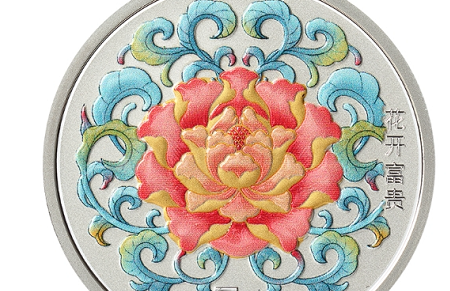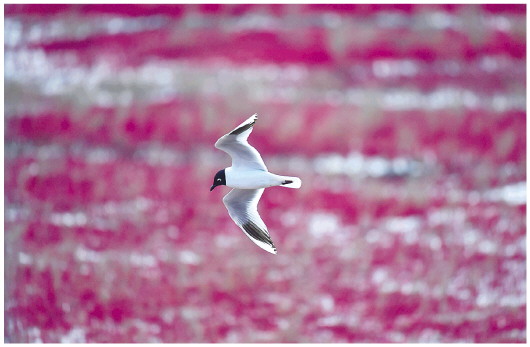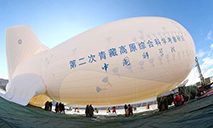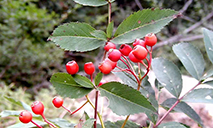PLA bombers hold drills in West Pacific 'in coordination with carrier group'

A H-6 strategic bomber attached to a bomber regiment of the naval aviation force under the PLA Southern Theater Command takes off for a recent realistic flight training exercise. (eng.chinamil.com.cn/Photo by Gao Hongwei)
The Chinese People's Liberation Army (PLA) Navy reportedly sent its most powerful bombers on Wednesday for drills in the West Pacific, joining the Liaoning aircraft carrier group, which has been holding exercises there since the start of the month, a move experts said could be a rehearsal for keeping foreign forces from interfering in the Taiwan question, after reports suggested Japan and the US were set to affirm boosting cooperation over the Taiwan question at an upcoming bilateral summit.
Two Chinese military H-6 bombers on Wednesday entered the Pacific Ocean after flying in from the East China Sea and crossing between the Okinawa Island and the Miyakojima. After circling in the region, the bombers returned on the same flight path, Japan's Ministry of Defense Joint Staff said in a press release.
According to photos attached to the Japanese press release, the two H-6 bombers were of the H-6J variant, the latest upgraded version of the bomber that can carry additional electronic warfare pods and missiles. Each bomber carried two YJ-12 supersonic anti-ship missiles.
The H-6J has a long range, and from this position, the bomber can block hostile targets like aircraft carriers and other warships from interfering in the Taiwan question, Song Zhongping, a Chinese military expert and TV commentator, told the Global Times on Thursday.
Multiple H-6Js carrying a large number of YJ-12 supersonic missiles can launch saturation attacks on hostile fleets, which would be very difficult to defend against, Song said.
Consisting of at least eight warships including powerful escorts like a Type 055 large destroyer, the Liaoningaircraft carrier group has been training in the West Pacific since May 2. From May 3 to Sunday, the Chinese carrier hosted more than 200 sorties of fighter jets and helicopters in the region, said Japanese Defense Minister Nobuo Kishi at a press conference on Tuesday.
Song said that the H-6J bombers and the Liaoning aircraft carrier group likely conducted coordinated training.
It is widely believed by analysts that the drills by the Liaoning aircraft carrier group at this strategically important location - east of the island of Taiwan and south of Japan - are also conducted to enhance the PLA's capabilities to deny potential military interference by external forces like the US and Japan, should a reunification-by-force operation on the island of Taiwan have to take place.
The drills also sent a powerful warning to Taiwan secessionists and external interference forces at a time when reports suggested Japan and the US were set to affirm boosting cooperation over the Taiwan question and compare it to the Ukraine crisis in a joint statement at an upcoming bilateral summit, analysts said.
If the US continues to play the "Taiwan card" and remains on the wrong path, China will take firm action to safeguard its sovereignty and security interests, and "we will do what we say," Yang Jiechi, a member of the Political Bureau of the Communist Party of China (CPC) Central Committee and director of the Office of the Foreign Affairs Commission of the CPC Central Committee, warned in a phone call with US National Security Advisor Jake Sullivan on Wednesday.
State Councilor and Foreign Minister Wang Yi also slammed Japan in a virtual talk with Japanese Foreign Minister Yoshimasa Hayashi on Wednesday for its negative moves on Taiwan and other issues involving China's core interests and major concerns, saying these moves seriously damaged mutual trust and shaking the foundation of bilateral relations.
Photos
 China’s central bank to issue commemorative coins on cultural theme of auspiciousness, including two heart-shaped coins
China’s central bank to issue commemorative coins on cultural theme of auspiciousness, including two heart-shaped coins Population of endangered black-headed gulls exceeds 10,000 mark in NE China’s coastal city of Panjin
Population of endangered black-headed gulls exceeds 10,000 mark in NE China’s coastal city of Panjin China's self-developed floating airship breaks record
China's self-developed floating airship breaks record Chinese germplasm bank conserves biodiversity in warm temperate zone
Chinese germplasm bank conserves biodiversity in warm temperate zone
Related Stories
- Naval aviation regiment conducts anti-submarine training
- Choppers conduct high-intensity flight training
- Naval submarine flotilla conducts combat training exercise
- PLA encircles Taiwan island with carrier drills amid US, Japanese provocations
- China’s armed forces always a force of justice safeguarding world peace
Copyright © 2022 People's Daily Online. All Rights Reserved.






